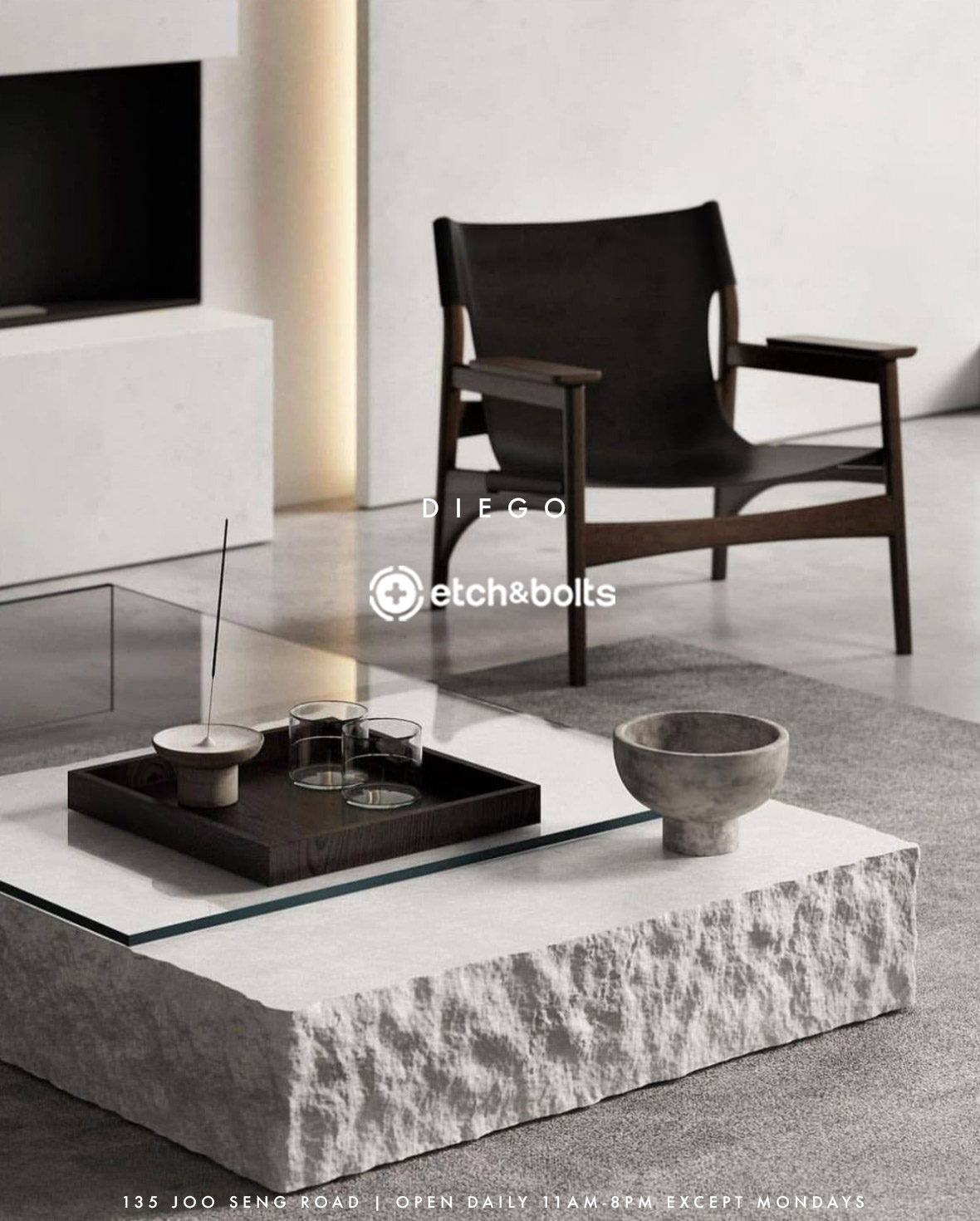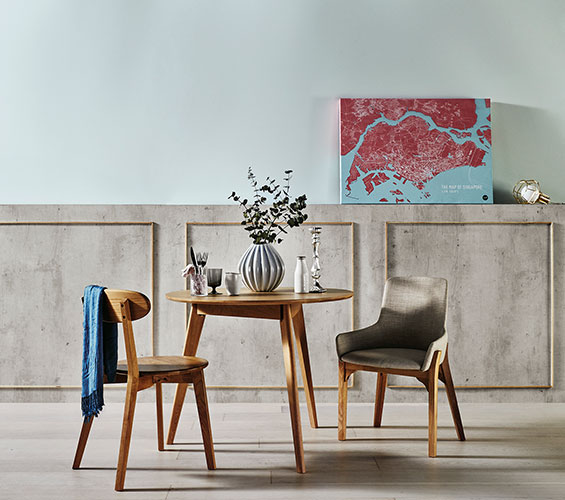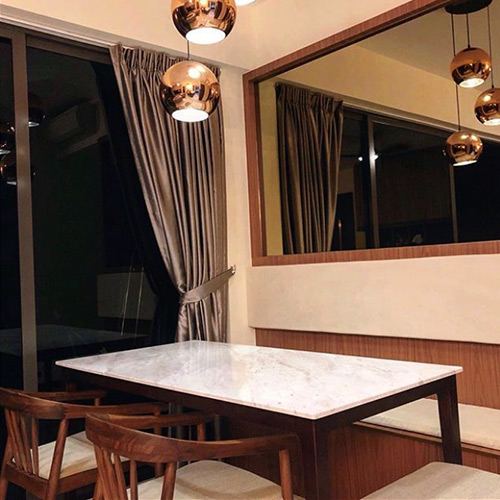What's Limestone. How is it different from Travertine.

What is Limestone?
Limestone is a natural sedimentary rock formed over millions of years from compressed marine fossils and minerals like calcite. Known for its soft, earthy tones and subtle veining, it brings a timeless, organic feel to furniture and interior design.
Why Use Limestone for Furniture?
✔ Aesthetic Appeal – Limestone’s neutral colors and natural texture make it perfect for modern, minimalist, and rustic interiors.
✔ Timeless & Unique – Each slab has one-of-a-kind patterns, giving furniture a distinct and luxurious look.
✔ Durability – While softer than granite, limestone is sturdy enough for tables, countertops, and accent pieces.
✔ Heat-Resistant – Handles hot items without damage, making it great for coffee and dining tables.
✔ Eco-Friendly – A sustainable, naturally sourced material with a lower carbon footprint compared to synthetic alternatives.
Limestone vs. Travertine: What's the Difference?
Both limestone and travertine are natural stones, but they have key differences in formation, texture, and durability:
1️⃣ Formation & Composition
- Limestone: Formed from compacted marine fossils over millions of years, typically found in ocean beds.
- Travertine: A type of limestone but forms near hot springs and mineral-rich waters, leading to its unique porous texture.
2️⃣ Texture & Appearance
- Limestone: Generally smoother, denser, and more uniform in texture.
- Travertine: More porous, often featuring natural holes and pits, giving it a rustic, aged look. (These pores can be filled for a smoother finish.)
3️⃣ Durability & Maintenance
- Limestone: Stronger and denser, making it more durable for high-traffic areas.
- Travertine: Softer and more porous, requiring sealing to prevent stains and moisture absorption.
4️⃣ Common Uses
- Limestone: Ideal for furniture, walls, floors, and outdoor cladding due to its durability.
- Travertine: Popular for bathrooms, patios, and accent walls due to its warm, textured look.
Which One Should You Choose?
- Want a sleek, durable surface? → Go for limestone
- Prefer a textured, rustic vibe? → Choose travertine
How to Take Care of Limestone Furniture
✔ Wipe with a soft cloth – Use a microfiber cloth or sponge to remove dust and dirt.
✔ Use pH-neutral soap – Avoid acidic or harsh cleaners; clean with mild dish soap and warm water.
✔ Dry immediately – Prevent water stains by wiping dry after cleaning.
What to Avoid
❌ No acidic cleaners – Avoid vinegar, lemon juice, or harsh chemicals (they cause etching).
❌ No abrasive scrubbing – Don’t use steel wool or rough sponges that may scratch the surface.
❌ No prolonged moisture exposure – Wipe spills immediately to prevent staining.



